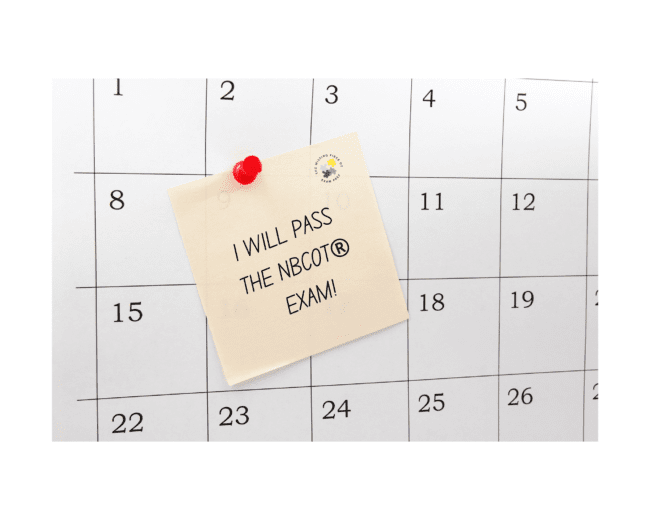From Simulation to Reality: Bridging the Gap Between Practice Exams and Actual Results

Don’t be discouraged if your actual exam score doesn’t match your passing practice exam scores! There are several reasons why this gap between simulation and reality might occur. Here are a 4 key factors to consider:
1. Test Anxiety: When Simulation Doesn’t Prepare for Pressure
Practice exams might not adequately prepare you for the pressure and stress of an actual exam. Test anxiety can be a major obstacle to performing well, highlighting the gap between simulated and real testing experiences.
2. The Simulation Gap: How Practice Exams Fall Short of Reality
Practice exams often lack the realism of an actual testing environment. Factors like time constraints, noise levels, and room temperature can affect your performance, revealing a gap between simulated and real exam conditions.
3. Knowledge Under Pressure: Can Simulation Prepare You for the Real Thing?
Even if you’ve mastered the material in a simulated environment, you might struggle to apply your knowledge under the pressure of a timed exam. This gap between simulated and real testing experiences can be especially challenging if you’re not used to thinking on your feet.
4. Unfamiliarity with Exam Content: When Simulation Doesn’t Match Reality
Practice exams may not cover the same content or level of difficulty as the actual exam. This gap between simulated and real exam content can leave you unprepared for the types of questions or challenges you’ll face on the actual exam.
Now that you’ve considered these factors, ask yourself:
Now that you’ve considered these factors, it’s time to move forward! Here are some steps to help you bridge the gap:
Rebuild Confidence and Manage Anxiety
Since you were performing well on practice exams but still didn’t pass the actual exam, it’s normal to feel frustrated and anxious. To rebuild your confidence and manage anxiety:
- Acknowledge your emotions: Recognize how you’re feeling and give yourself permission to process those emotions.
- Reframe your mindset: Instead of dwelling on the failure, focus on what you can learn from the experience. Remind yourself that one setback doesn’t define your abilities.
- Practice under timed conditions: Complete full practice exams within the allotted time frame:
- 4 hours for full-length exams
- 2 hours and 15 minutes for 100-question exams
This will help you simulate the actual exam experience, build your endurance, and reduce your stress levels. Also, aim to increase your practice exam scores to 90% or higher. This will help you build confidence, reinforce your knowledge, and prove to yourself that you know your stuff.
- Identify areas for improvement: Analyze your performance on the actual exam to pinpoint areas where you can improve. Focus on building your skills and knowledge in those areas.
- Reflecting on topics, conditions, terminology, and concepts seen on practice exams
Focus on deepening your knowledge by 10 points or more per topic, and work on building competency in your weak areas.
- Develop a growth mindset: View challenges as opportunities for growth and development. Believe that your abilities can be developed through dedication and hard work.
- Practice self-care: Take care of your physical, emotional, and mental well-being. Engage in activities that help you relax and reduce stress, such as exercise, meditation, or spending time with loved ones.
By following these steps, you can rebuild your confidence, manage anxiety, and develop a growth mindset that will help you overcome obstacles and achieve your goals.
